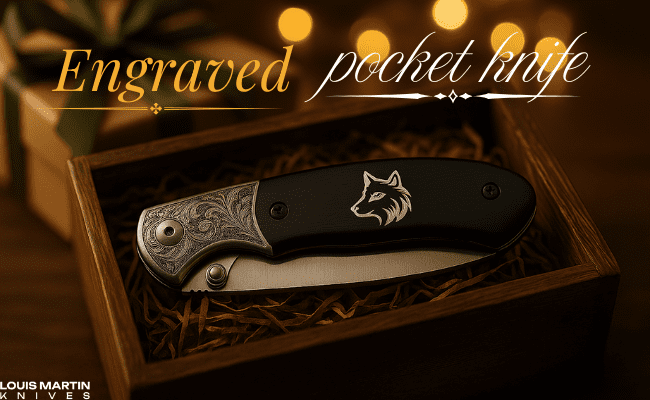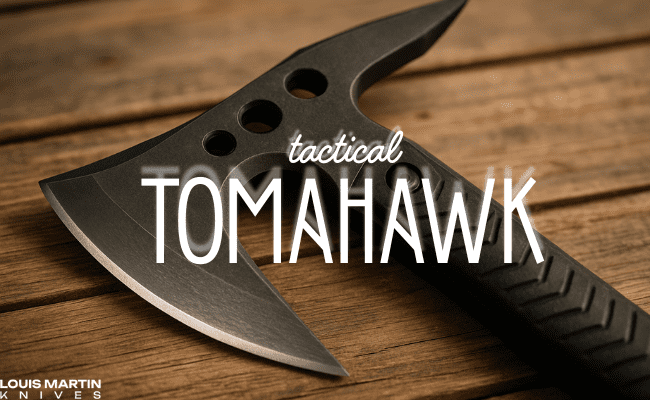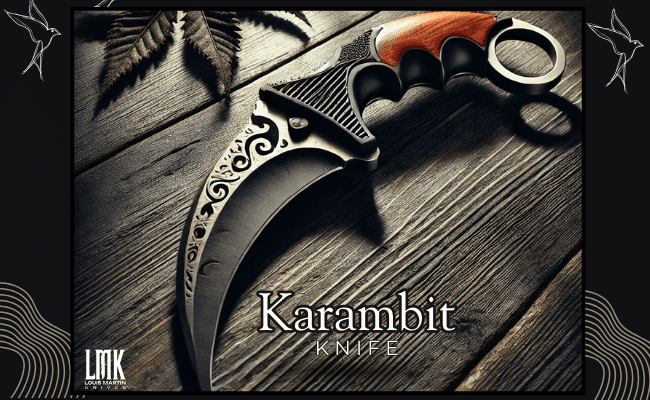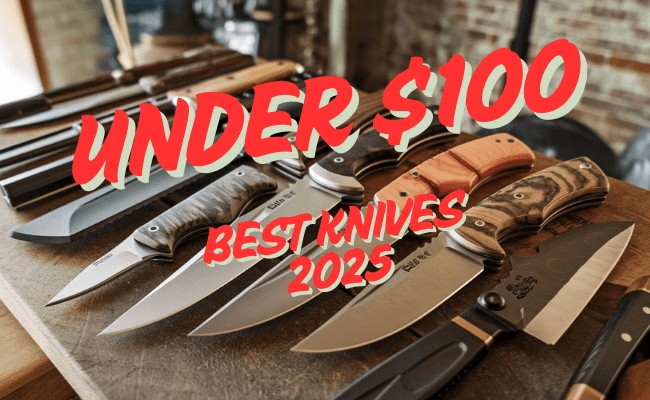The Craftsmanship Behind Hand-Forged Knives
At the heart of every hand forged knife is a blacksmith’s skill and artistry. Unlike stamped knives, which are primarily machine-manufactured, hand-forged knives undergo a meticulous process that begins in the forge. Here’s a glimpse into the making of these exceptional blades:
1. The Forge:
Hand-forged knives start their journey in a forge, where they are heated to a high temperature. This process softens the steel, making it malleable for shaping.
2. The Hammer:
The true magic of hand-forged knives lies in the hands of talented blacksmiths who shape the heated steel with precision and finesse. They use hammers to repeatedly strike the steel, gradually forming it into the desired shape. This labor-intensive process requires years of experience and a deep understanding of the material.
3. The Unique Texture:
One of the distinctive features of hand-forged knives is the textured surface of the blade. The hammering creates a unique, raw, and untreated texture that sets these knives apart. Many enthusiasts actively seek this texture for its aesthetic appeal and tactile experience.
Layers of Tradition: Pattern-Welded and San-Mai Steel
Hand-forged knives often feature layered steel blades, with two notable variations being pattern-welded Damascus steel and San-Mai steel. These techniques involve the layering of different types of steel, resulting in visually stunning and functionally superior blades.
1. Pattern-Welded Damascus Steel:
Pattern welding is a time-honored method where layers of steel are forge-welded together, creating beautiful and intricate patterns on the blade’s surface. These knives are prized for their artistry and can be considered both functional tools and works of art.
2. San-Mai Steel:
San-Mai is another traditional Japanese technique that involves sandwiching a hard steel core between layers of softer steel. This method combines exceptional edge retention with durability, making it a preferred choice for high-quality hand-forged knives.
Honoring Tradition and Artistry
Choosing hand-forged knives is more than just selecting a tool; it’s a tribute to tradition and craftsmanship. Enthusiasts and collectors gravitate toward these knives because they embody the dedication and skill of blacksmiths who uphold centuries-old techniques. Owning a hand-forged knife is like possessing a piece of history, a tangible link to the artisans who have perfected their craft over generations.
In conclusion, hand-forged knives are more than mere kitchen tools or outdoor companions; they are a celebration of human ingenuity and artistry. Each one tells a story of craftsmanship, tradition, and passion. So, the next time you hold a hand-forged knife in your hand, remember that it represents not only a functional instrument but also a testament to the enduring spirit of the craft.








